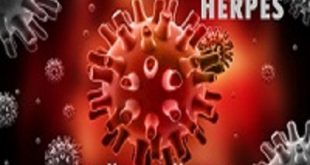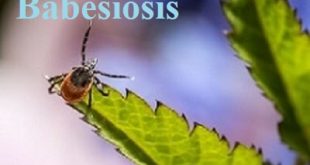Introduction Hookworm disease is a parasitic disease caused by the entry of larvae (immature form) of the hookworm, most commonly, Necator americanus, into a human host. People usually get hookworm disease by walking barefoot in soil that is contaminated with the feces of an infected person. Transmission You can get …
Read More »Whooping Cough or Pertussis: Causes, Symptoms, and Prevention.
Definition Pertussis, also known as whooping cough, is a highly contagious respiratory disease. It is caused by the bacterium Bordetella pertussis. Pertussis is known for uncontrollable, violent coughing which often makes it hard to breathe. After cough fits, someone with pertussis often needs to take deep breaths, which result in …
Read More »Herpes – Definition, Complications and Diagnosis.
Definition Herpes is an infection caused by HSV (herpes simplex virus). This virus affects the external genitalia, anal region, mucosal surfaces, and skin in other parts of the body. Herpes is a long-term condition. However, many people never have symptoms even though they are carrying the virus. The herpes simplex …
Read More »Tularemia or Rabbit Fever: Definition, Causes, Treatment and Prevention
Definition Tularemia is a rare infectious disease that typically attacks the skin, eyes, lymph nodes and lungs. Tularemia also called rabbit fever or deer fly fever is caused by the bacterium Francisella tularensis. The disease mainly affects mammals, especially rodents, rabbits and hares, although it can also infect birds, sheep, …
Read More »Cryptosporidiosis – Causes, Treatment, and Prevention.
Definition Cryptosporidiosis is a diarrheal disease caused by microscopic parasites, Cryptosporidium, that can live in the intestine of humans and animals and is passed in the stool of an infected person or animal. Both the disease and the parasite are commonly known as “Crypto.” The parasite is protected by an …
Read More »Cholera – Definition, Causes, Risk Factors, and Treatments.
Definition Cholera is an acute bacterial infection of the intestine caused by ingestion of food or water containing Vibrio cholerae, serogroups O1 or O139. Symptoms include acute watery diarrhea and vomiting which can result in severe dehydration or water loss. When left untreated, death can occur rapidly – sometimes within …
Read More »Babesiosis – Risk Factors, Causes, Treatment, and Prevention.
Definition Babesia is a tiny parasite that infects your red blood cells. Infection with Babesia is called babesiosis. The parasitic infection is usually transmitted by a tick bite. Babesiosis often occurs at the same time as Lyme disease. The tick that carries the Lyme bacteria can also be infected with …
Read More »Botulism – Definition, Risk Factors, Symptoms, and Prevention.
Definition Botulism is a rare but serious paralytic illness caused by a nerve toxin that is produced by the bacterium Clostridium botulinum and sometimes by strains of Clostridium butyricum and Clostridium baratii. Botulism is caused by botulinum toxin, a potent neurotoxin produced by Clostridium botulinum, a few strains of C. …
Read More » Diseases Treatments Dictionary This is complete solution to read all diseases treatments Which covers Prevention, Causes, Symptoms, Medical Terms, Drugs, Prescription, Natural Remedies with cures and Treatments. Most of the common diseases were listed in names, split with categories.
Diseases Treatments Dictionary This is complete solution to read all diseases treatments Which covers Prevention, Causes, Symptoms, Medical Terms, Drugs, Prescription, Natural Remedies with cures and Treatments. Most of the common diseases were listed in names, split with categories.








